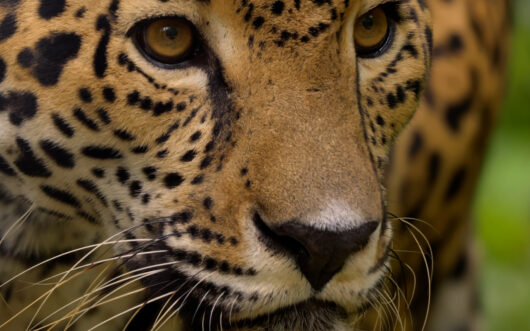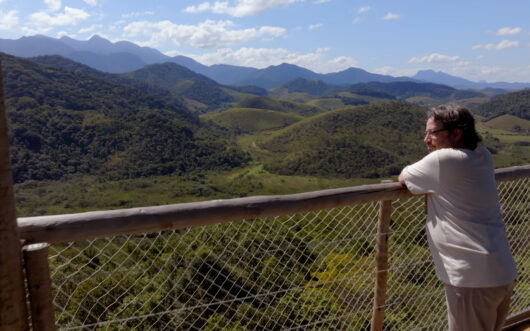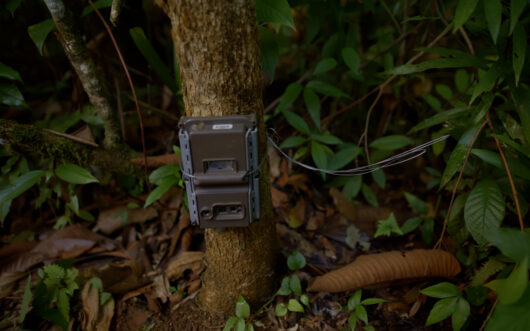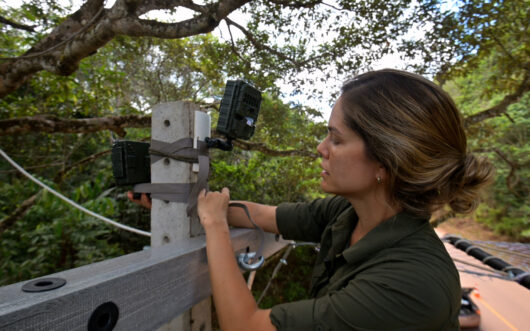Episode 30: AI of the Tiger
Topics
In Madhya Pradesh, renowned as India’s “tiger state,” a team installs AI-integrated camera traps to reduce conflict and safeguard lives in a vital wildlife corridor home to 2 million people – and 300 wild tigers.
India is home to 75% of the world’s remaining wild tigers, a comeback story that’s the result of one of history’s most successful wildlife conservation projects. But a growing tiger population increases competition for space and pushes the cats beyond dedicated reserves and into human dominated landscapes. There, they may hunt livestock or even attack people.
The forested corridor between the Kanha and Pench Tiger Reserves has the world’s largest population of tigers, sharing their land with 715 villages and settlements. To protect the communities and their livelihoods, Hrishita Negi has partnered with the developers of a game-changing solution: artificial intelligence. When a tiger triggers the automated camera trap, AI identifies the animal and sends a text notification to park rangers within seconds. They, in turn, put the community’s homegrown alert system into action, prompting a messenger to alert everyone to the tiger’s presence and give them time to protect their livestock. AI may become a tool that can be scaled not only to help save tigers, but endangered wildlife worldwide.
Frequently Asked Questions
Where can I learn more about tiger conservation in India and support Hrishita and Piyush's work?
To learn more, and to support Hrishita and Piyush’s efforts to curb human-tiger conflict using TrailGuard AI, check out Clemson University’s Tigers United page!
Tigers United is partnered with the Global Tiger Initiative Council to support the Global Tiger Recovery Program. Its mission is to capitalize on the collective power of land-grant universities to provide research, education, technology transfer, and capacity building in tiger range countries.




